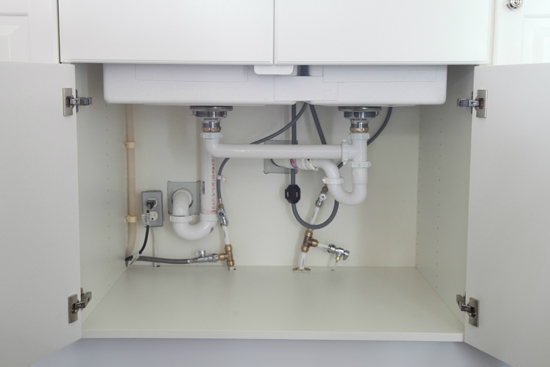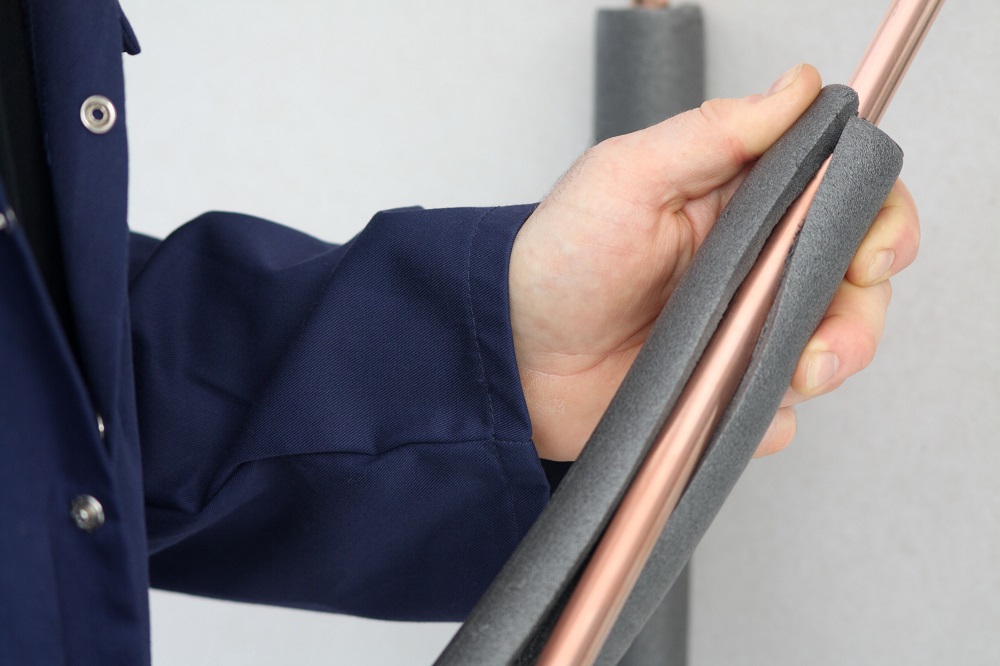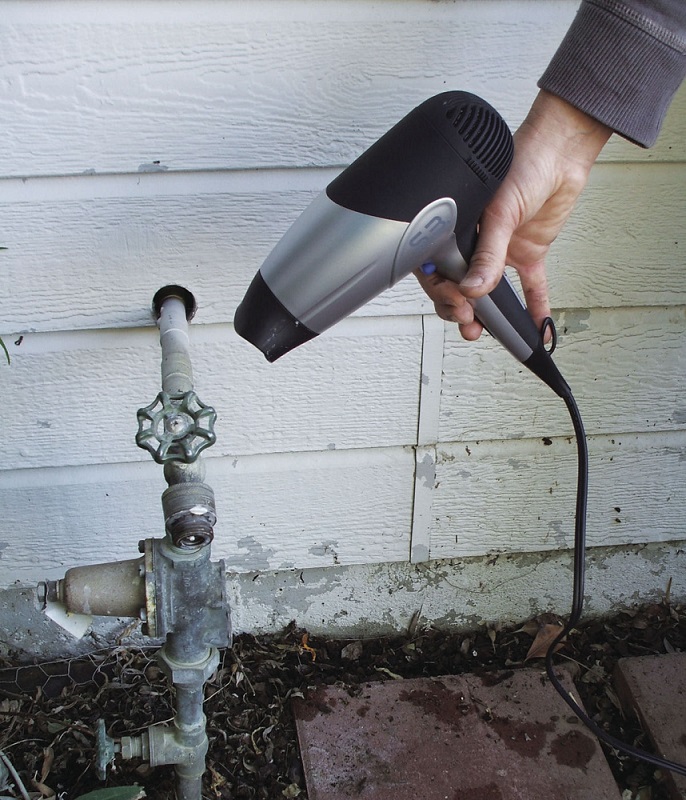When the bitter cold rolls around each winter, homeowners often get concerned about their plumbing. Pipes are quick to freeze in sub-zero temperatures and can burst if they aren’t taken care of. And, you guessed it—it leads to a lot of unwanted damage that can cost thousands.
Thankfully preventing frozen pipes is simple. Until spring rolls around, chances are there’s still a few cold days tucked up mother nature’s sleeve. Here’s what you can do the rest of the winter to prevent frozen pipes.
Keep Your Heating Consistent
It’s nice to turn down the heat while you’re sleeping, but a lot of freezing can happen overnight when temperatures drop. Keep the thermostat at a set temperature throughout the day. If you’re heading out for vacation, don’t set the temperature to anything lower than 55°F.
Open the Cabinets
For those extra frigid winter days, keep the doors of your kitchen or vanity cabinets open. This will circulate warm air around the exposed plumbing to prevent freezing.

Pay Attention to Nightly Lows
Temperatures can plummet quickly overnight in the winter. Don’t get caught off guard and let a big drop cause your plumbing to freeze. As we mentioned before, keeping your home’s temperature consistent will help.
Add Insulation
There’s a range of products available to insulate your pipes. From foam sleeves to heat tape, adding an extra protective layer will prevent frozen pipes this winter.

Sometimes you do all you can to prevent frozen pipes. But if they do freeze, follow these tips:
Turn Up the Heat
Frozen pipes hidden behind walls are quite the predicament, especially if they aren’t accessible. In that case, turn up your heat a few degrees and wait for them to thaw. For plumbing located near outside walls, install an access panel to make the pipes easily accessible.
Use Electrical Appliances
Never use an open flame (like a blowtorch) to thaw your frozen pipes. There’s no way to damage them faster! Instead try using a handheld blow dryer or portable space heater on its lowest setting. However, be sure to keep an eye on the heater and don’t use it around standing water.

![]()
If a pipe does burst, shut off the main water valve. You might be able to fix it yourself, but if the damage is bad, call a plumber immediately.
Sub-zero temperatures can wreak havoc on your home’s plumbing. Take the time to winterize your pipes now before any serious damage happens. You’ll thank yourself later!






